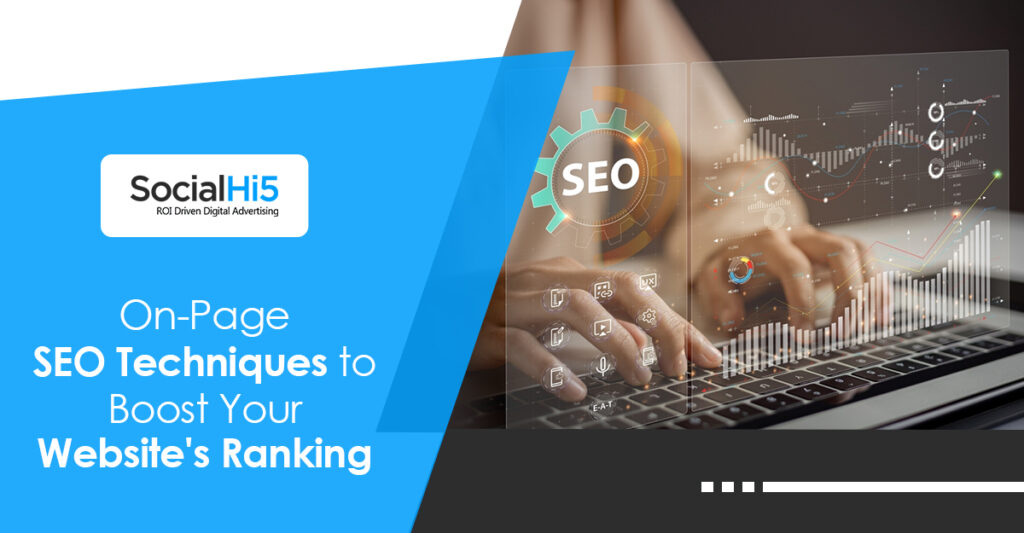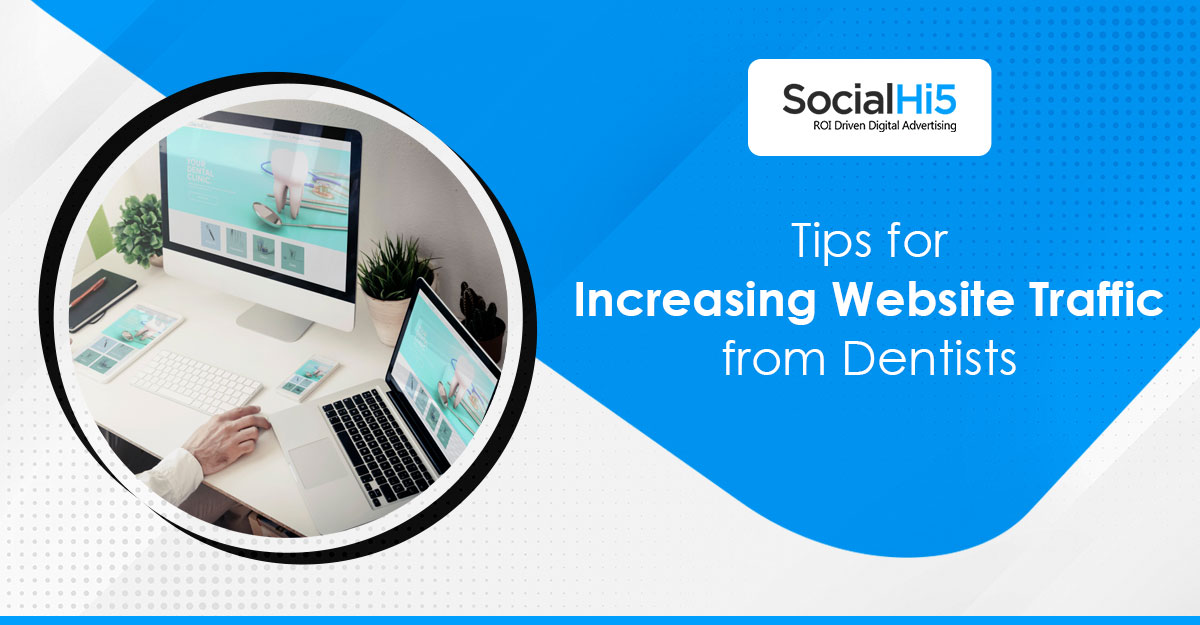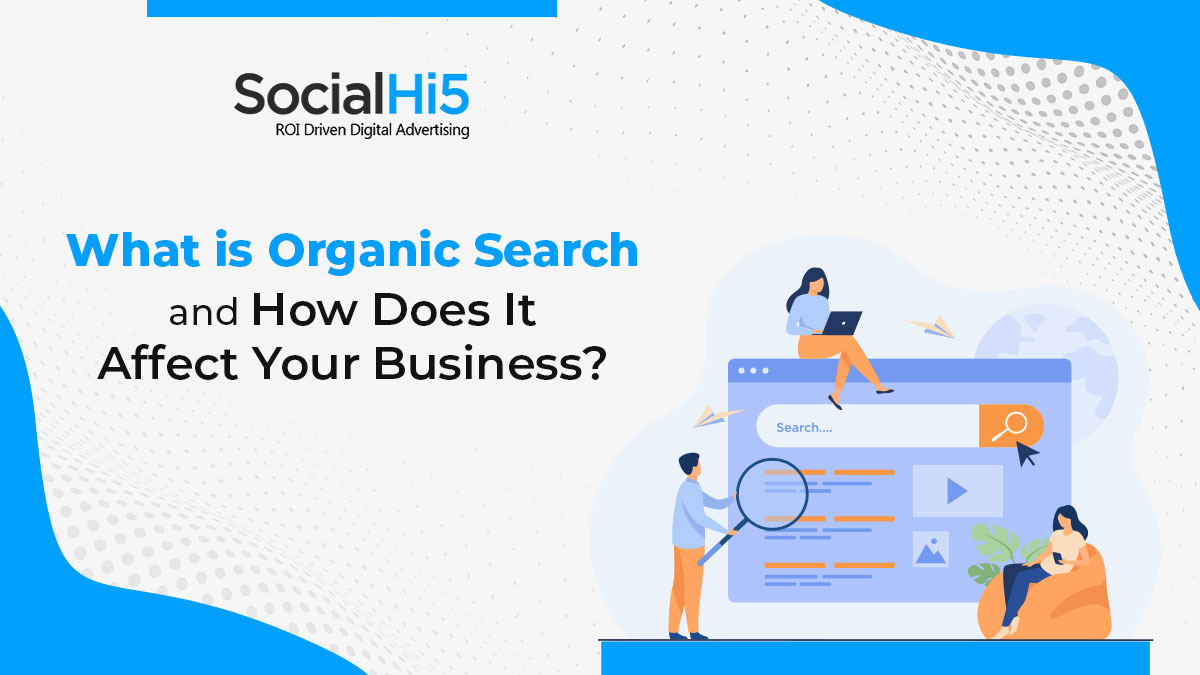
Search Engine Optimization (SEO) is an essential aspect of digital marketing, and it plays a crucial role in boosting website rankings and improving online visibility. Among various SEO techniques, On-page SEO is the most critical one that helps search engines understand the content and structure of your website. This article will explore the best On-page SEO techniques that can boost your website’s ranking.
Optimize Title Tag and Meta Description
Title Tag and Meta Description are the first things a user sees in the search engine results. These tags should include relevant keywords and concisely describe the webpage’s content. The title tag should be at most 60 characters, and the meta description should be limited to 160 characters.
Use Header Tags to Structure Content
Header tags (H1, H2, H3, H4, H5, H6) help structure the content and make it more readable for users and search engines. The H1 tag should contain the main keyword, and the H2 and H3 tags should contain secondary keywords. Use header tags appropriately and avoid stuffing keywords.
Optimize URL Structure
The URL structure of the webpage should be SEO-friendly and easy to understand for users. Use relevant keywords in the URL and keep it short and straightforward. Avoid using special characters, symbols, and numbers in the URL.
Focus on Keyword Research and Optimization
Keyword research is the foundation of SEO. It helps identify the relevant keywords that users search for and optimize the content accordingly. Use long-tail keywords and focus on keyword density. However, avoid keyword stuffing, as it can lead to penalties from search engines.
Optimize Images and Videos
Images and videos make the content more engaging and shareable. However, they can also slow down the website’s loading speed if not optimized correctly. Compress images and videos, add alt tags and captions, and use relevant file names to make them SEO-friendly.
Ensure Mobile-Friendly Design
In today’s mobile-driven world, having a mobile-friendly website is crucial, and it not only improves user experience but also boosts the website’s ranking. Use a responsive design that adapts to different screen sizes and resolutions.
Improve Page Loading Speed
Page loading speed is another critical factor that affects website ranking. A slow-loading website can increase the bounce rate and negatively impact the user experience. Optimize images and videos, reduce HTTP requests, and use a content delivery network (CDN) to improve the website’s loading speed.
Use Internal Linking
Internal linking helps distribute link equity throughout the website and improve website navigation. Use relevant anchor text and link to relevant pages on the website. However, avoid overdoing internal linking as it can lead to a negative impact on website ranking.
Create Quality Content
Content is the king when it comes to SEO. Create high-quality, informative, and engaging content that provides value to the users. Use relevant keywords, focus on readability, and avoid duplicate content.
Monitor Website Analytics
Monitoring website analytics helps understand the website’s performance and identify areas for improvement. Use tools like Google Analytics to track website traffic, bounce rate, conversion rate, and other essential metrics.
In conclusion, On-page SEO techniques are crucial in improving website ranking and online visibility. By implementing these techniques, you can optimize your website for search engines and provide a better user experience for your audience.








